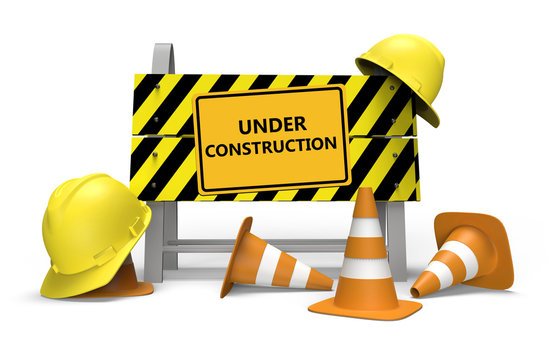ding Mapshttp://estatenirmannigam.in

Building maps, or cartography, http://estatenirmannigam.inis the practice and study of creating maps to represent geographic areas, objects, and data. These maps can range from basic representations of geographical features such as mountains, rivers, and cities, to complex thematic maps that illustrate various data like population density, climate zones, or transportation networks. Here’s a comprehensive overview of building maps:http://estatenirmannigam.in
Types of Maps:
Physical Maps: Show natural features like mountains, rivers, and other landforms.
Political Maps: Outline governmental boundaries such as countries, states, and cities.
Thematic Maps: Represent specific data such as climate, population, or economic activity.http://estatenirmannigam.in

Topographic Maps: Display elevation and landscape features with contour lines.
Road Maps: Highlight transportation routes like roads, highways, and transit systems.http://estatenirmannigam.in
Map Components:
Scale: Indicates the relationship between distances on the map and actual distances on the ground.
Legend (Key): Explains symbols and colors used in the map for interpretation.
Title: Provides context for the map’s content.
North Arrow: Shows the map’s orientation.
Grid: A network of intersecting lines used to pinpoint locations.http://estatenirmannigam.in
Mapping Techniques:
Surveying: Traditional method of collecting geographic data through fieldwork.
Remote Sensing: Using satellite or aerial imagery to gather data.
GIS (Geographic Information Systems): Combining data from various sources to create digital maps and analyze spatial data.http://estatenirmannigam.in
Map Projections:

Mercator: Preserves angles and shapes but distorts distances and areas, especially near the poles.
Robinson: Compromises between preserving shapes and areas, providing a more realistic view.
Gall-Peters: Maintains accurate areas but distorts shapes, especially near the equator and poles.
Mapping Process:http://estatenirmannigam.in
Data Collection: Gathering geographic data from various

sources such as surveys, satellite imagery, and existing databases.
Data Processing: Organizing and cleaning data for map creation.http://estatenirmannigam.in
Map Design: Deciding on the map’s purpose, scale, projection, and style.
Map Creation: Using cartographic software or techniques to create the map.
Verification: Checking the map for accuracy and coherence.
Mapping Software:http://estatenirmannigam.in
GIS Software: Examples include ArcGIS, QGIS, and MapInfo.

Online Mapping Platforms: Google Maps, OpenStreetMap, and other web-based mapping
services.
Ethics and Accuracy:
Representation: Ensuring maps accurately represent data without bias.http://estatenirmannigam.in
Privacy: Handling data responsibly to protect individual and community privacy.
Accessibility: Creating maps that are usable by a broad audience, including people with disabilities.
Future Trends:
Real-Time Mapping: With the rise of real-time data from sources such as GPS and traffic sensors, maps can now provide up-to-date information.
Interactive and 3D Mapping: Interactive maps allow users to engage with data, while 3D mapping provides more realistic representations.http://estatenirmannigam.in

Building maps involves balancing the art and science of cartography, from collecting and processing data to designing and verifying maps. It plays a crucial role in various fields such as urban planning, environmental studies, transportation

